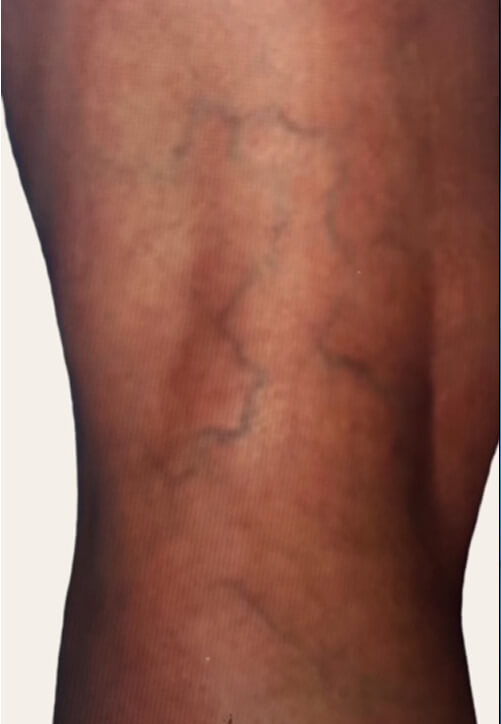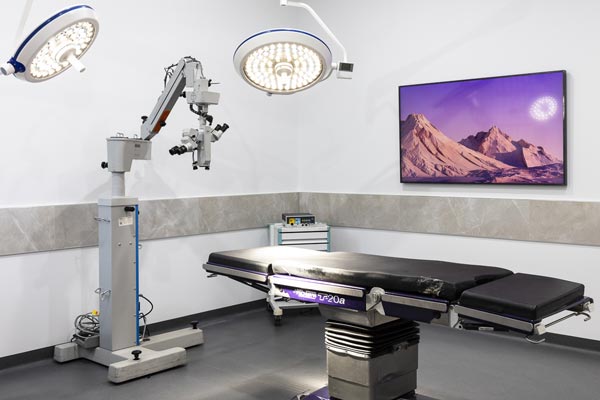Treatment for Spider and Varicose Veins

Spider Veins vs Varicose Veins
Spider veins are small damaged veins that develop close to the surface of the skin. They are also known as “telangiectasias” and are usually fed by larger “reticular veins”. “Reticular” veins are under the skin and often referred to as ‘feeder veins. They are smaller branches that lead to larger veins.
Varicose veins develop in deeper tissues and are swollen, dark blue or purple blood vessels that you can see and feel beneath the skin. They develop because the valves within a vein weaken and allow blood to flow backwards. Under the additional strain, the vein weakens and balloons outward, bulging under the skin surface. The result is twisted cords of veins that bulge above the skin’s surface. Common areas in which varicose veins occur are in the calves and thighs.
Before and After







Blood flow in varicose veins
If you notice one or more bulging veins on your legs; this is an indication that valve damage has occurred to that vessel. Veins move blood and nutrients throughout the body and then back to the heart.
Muscle contractions in the legs help to progress the upward movement of blood against gravity. Veins have one-way flaps called valves to keep blood moving in the right direction. Weakness in a valve allows blood to accumulate, causing the vein to swell and bulge.
Book an Appointment
Get in touch with us through the contact form, phone call or text message.
Guaranteed appointments within 15 minutes through online booking:
Call us. If we don’t answer, leave a message, and we will contact you within 5 minutes.

